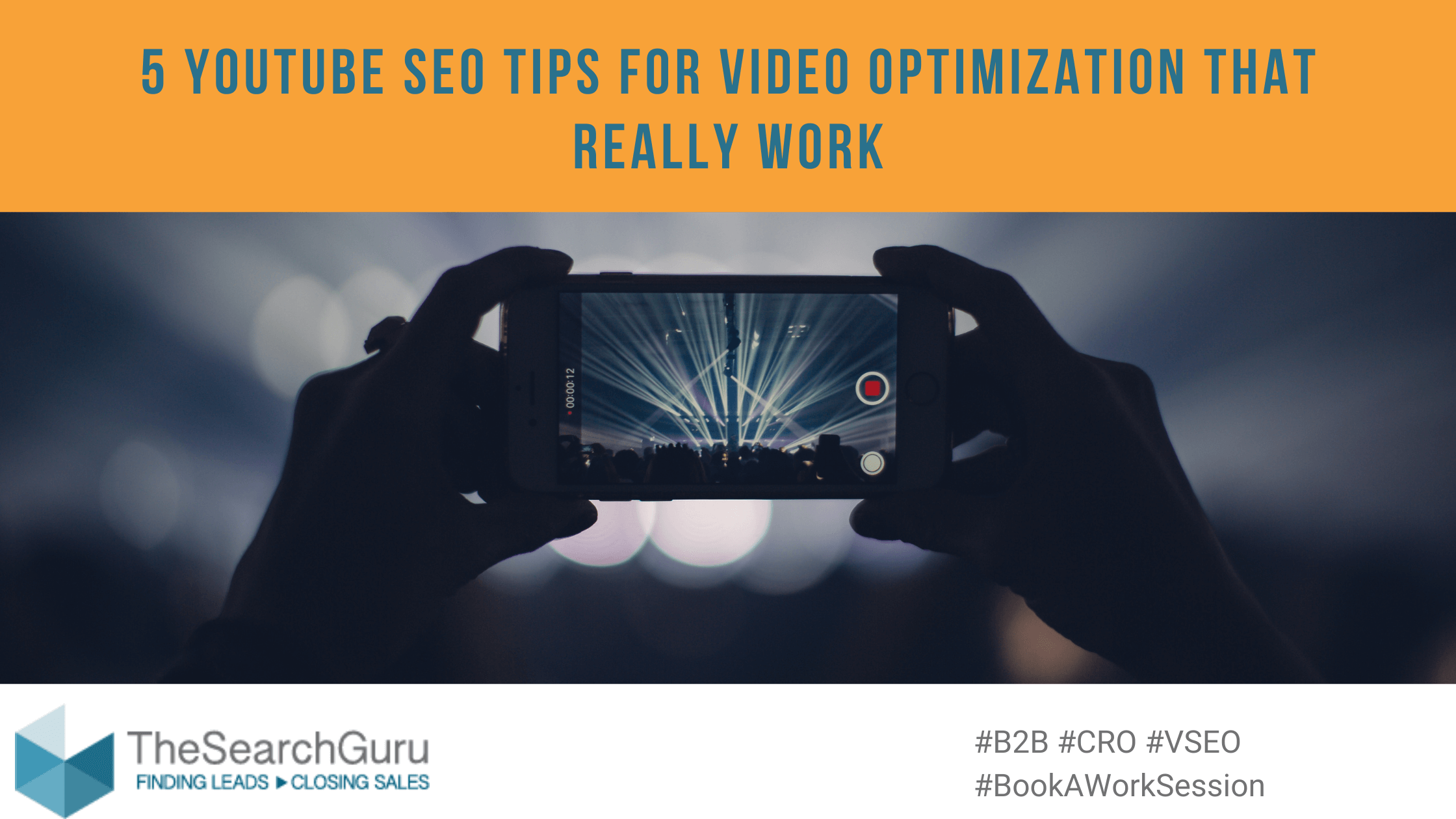Schizophrenic advice about the length of online content
We often get asked, “How long should my blog post or article be? What’s the best length?” There is, however, no magic number. Instead, it should be as long as necessary to provide the quality needed in today’s competitive online world.
With online content, here’s the reality: you need to make the call about optimal length by taking into account what Google rewards, how people read in 2014 and how people are consuming (or not consuming) content on your site.
Here you’ll find:
- Five advantages of writing longer content
- Five advantages of writing shorter content
- Ten recommendations on how to walk the content length tightrope
- What to do when you’re between a rock and hard place
Five advantages of writing longer online content
1) Because of all of the online competition and noise, it’s virtually impossible to dash off a quick piece that’s better than what’s currently available online.
2) In August 2013, Google began rewarding and highlighting in-depth content, each of which is typically 2,000 to 5,000 words in length.
3) These highlighted in-depth pieces are not being pushed down the search engine results pages as Google adjusts rankings. Instead, they remain on page one.
4) Google spiders read text, not images; so, even though images are great, text is crucial.
5) Google rewards sites where visitors have longer on-page time and lower bounce rates, something you can achieve with engaging longer content.
Five advantages of writing shorter content
1) People are skimming and scanning content now more than ever before.
2) People are clicking off content faster than ever before, reading only 20 to 28% of a post.
3) When content is longer, it’s easier for readers to lose sight of the main point.
4) You can often write more posts in the same amount of time that it takes to write one longer post. More posts help to feed into Google’s need for fresh content.
5) Shorter content is easier to consume and therefore may be read by a greater number of people.
Ten Recommendations
1) Do not sacrifice quality simply for the sake of shortening content. However, write the quality material in the most succinct way possible.
2) Structure your content so that it’s easy to scan.
3) Use clear headings and subheadings.
4) Use bullet points and numbered lists whenever relevant/possible.
5) Add eye-catching images, charts and graphics. Original is best.
6) Include useful authoritative outbound links whenever they would help your readers. Avoid putting them early in the post; instead, give your readers time to become engaged in your copy before linking out.
7) When adding external links, make sure that the linked-to webpage opens in another window so that readers can easily return to your post.
8) Monitor the success of each post in Google Analytics to see which posts are most popular. Does a certain length seem more appealing to your readers?
9) Monitor the social sharing of each post. Does a certain length seem more appealing to your readers?
10) Consider finding skilled beta readers who will review your posts before they are lived. Did a post drag somewhere? Do some cutting. Did the post have information gaps? Fill them in.
Rock and a hard place
Sometimes one of the suggestions given above will conflict with another. Given the two realities (Google rewarding longer content with online visitors increasingly scanning and skimming), there is no perfect answer – but here is a useful way to balance the two:
1) Write engaging and relevant content to captivate readers and entice them to read the entire blog post.
2) Put attention-catching material near the top and fill in with supplementary info later on; that way, people who want more info can choose to read on while those who are skimmers can still get the best of what you offer.
3) Follow the ten recommendations listed above whenever you can.
4) If there is an ethical reason why you need to break a recommendation – say, to provide a link early in a piece to avoid appearing to take credit for someone else’s idea – ethics wins, every time.
5) If breaking one of these recommended rules hurts the clarity of the piece, then choose clarity.
How do you determine the best length for a blog post of article? Leave a comment below.






Leave A Comment